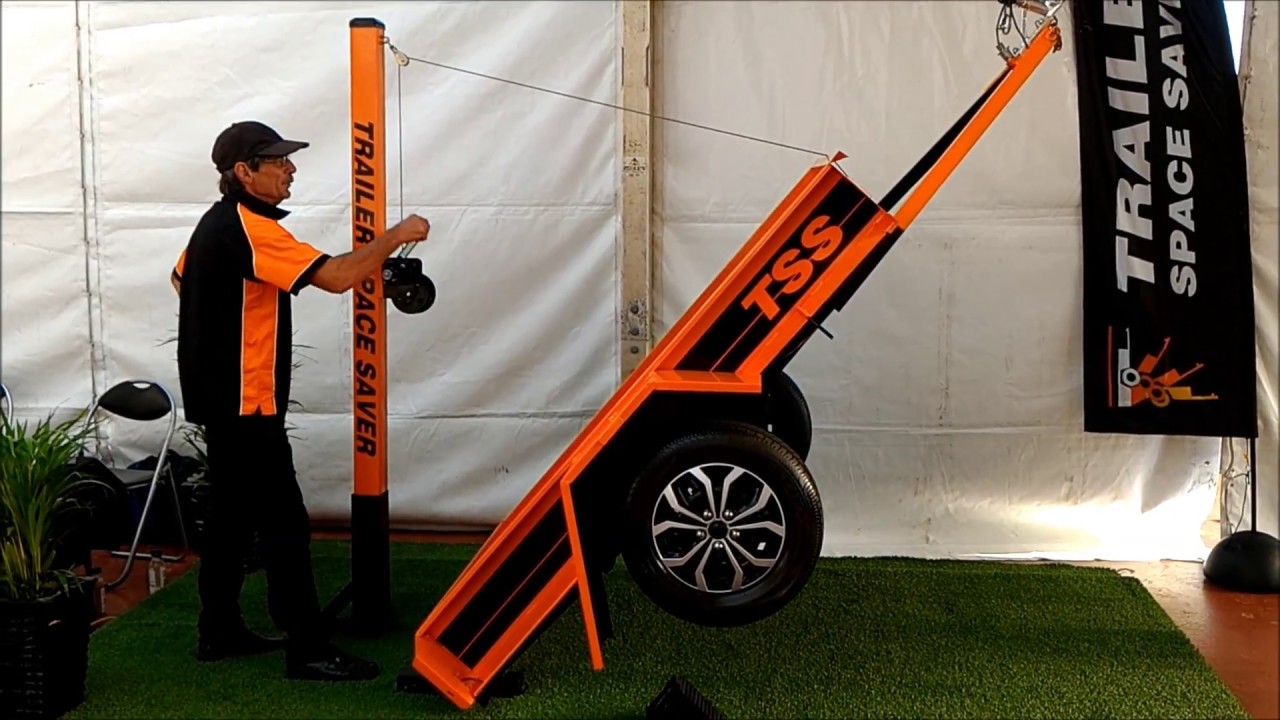

Articles
How To Store A Trailer
Modified: January 6, 2024
Learn how to properly store your trailer with these helpful articles. Discover tips and tricks to protect your investment and extend its lifespan.
(Many of the links in this article redirect to a specific reviewed product. Your purchase of these products through affiliate links helps to generate commission for Storables.com, at no extra cost. Learn more)
Introduction
Storing a trailer properly is essential to ensure its longevity and functionality. Whether you have a travel trailer, utility trailer, or boat trailer, taking appropriate steps to store it correctly will protect it from damage caused by weather conditions, pests, and theft.
In this article, we will guide you through the process of storing a trailer to help you preserve its value and keep it in optimal condition for future use. From choosing a suitable storage location to inspecting and maintaining the trailer, we will cover all the steps you need to take to ensure a proper storage experience.
So, if you’re ready to learn how to store a trailer like a pro, let’s dive in!
Key Takeaways:
- Choose a suitable storage location with ample space, accessibility, security, and climate consideration to protect your trailer from damage and ensure a convenient storage experience.
- Regularly inspect, clean, and maintain your trailer during storage to prevent damage, prolong its lifespan, and ensure optimal functionality for future use.
Read more: How To Store A Camper Trailer
Step 1: Choose a suitable storage location
When it comes to storing a trailer, selecting the right location is crucial. Here are a few factors to consider when choosing a suitable storage spot:
- Space: Ensure that the storage location has ample space to accommodate the size of your trailer. It should allow for easy maneuverability when parking and removing the trailer.
- Accessibility: Consider how easily accessible the storage location is. It should be convenient for you to access whenever you need to retrieve or work on the trailer.
- Security: Look for a storage facility or area that provides proper security measures to protect your trailer. This can include features like surveillance cameras, gated access, or on-site security personnel.
- Climate: Think about the climate in your area. If you live in an area with extreme weather conditions, such as intense heat or heavy snowfall, it’s best to choose a covered or indoor storage option to protect your trailer from potential damage.
- Local regulations: Be aware of any local restrictions or regulations regarding trailer storage. Some neighborhoods or cities have specific rules about parking trailers on residential properties, so make sure you comply with any applicable guidelines.
Consider these factors when selecting a suitable storage location for your trailer. It’s important to find a spot that provides both convenience and protection to ensure the best possible storage experience.
Step 2: Clean and prepare the trailer
Prior to storing your trailer, it’s important to give it a thorough cleaning and prepare it properly. Follow these steps to ensure your trailer is in optimal condition for storage:
- Remove all personal belongings: Take out any personal items or equipment from inside the trailer. This includes food, valuables, bedding, and any other items that may be sensitive to temperature or moisture fluctuations.
- Clean the interior: Give the interior of the trailer a thorough cleaning. Vacuum the floors, wipe down the countertops, and clean any appliances or fixtures. This will help prevent the growth of mold or mildew during storage.
- Inspect for any damages: Before storing, carefully inspect the trailer for any damages or maintenance issues. Look for any signs of leaks, cracks, or wear and tear that may need to be addressed before storage.
- Wash the exterior: Use a mild detergent and water to wash the exterior of the trailer, removing any dirt, grime, or road debris. Pay special attention to the roof, as accumulated debris can cause damage over time.
- Apply a protective wax or sealant: Once the trailer is clean and dry, applying a protective wax or sealant can help shield it from the elements during storage. This will provide an additional layer of protection against UV rays, moisture, and dirt.
- Check the tires and inflate if necessary: Inspect the tires for any signs of wear or damage. If needed, inflate them to the recommended pressure to prevent flat spots and unnecessary strain on the tires during storage.
By cleaning and preparing your trailer before storage, you can help maintain its condition and prevent any potential issues that may arise from neglect. Taking the time to properly prepare your trailer will ensure that it is ready for use when you need it again.
Step 3: Properly disconnect any electrical connections
When storing a trailer, it’s important to properly disconnect any electrical connections to prevent potential damage and ensure safety. Follow these steps to disconnect the electrical connections:
- Disconnect the power source: Start by turning off the power supply to the trailer. This may involve unplugging the trailer from a power outlet or disconnecting the battery.
- Remove any electrical accessories: Unplug or remove any electrical accessories that were connected to the trailer, such as exterior lights, awning lights, or battery chargers.
- Check for corrosion: Inspect the electrical connectors for signs of corrosion or damage. If you notice any corrosion, clean it off using a wire brush or a specialized electrical contact cleaner.
- Use protective covers: Consider using protective covers for the electrical connectors to safeguard them from moisture, dust, or debris during storage. This will help prevent any potential damage and maintain the integrity of the connectors.
- Secure loose cables: Ensure that any loose cables or wires are properly secured and organized. This will prevent them from tangling or getting damaged during the storage period.
Properly disconnecting the electrical connections of your trailer is crucial to prevent electrical issues and potential hazards. By following these steps, you can safeguard your trailer’s electrical system and ensure it remains in good working condition while in storage.
Step 4: Secure the trailer hitch
Securing the trailer hitch is an important step in storing your trailer safely and preventing any potential accidents or damage. Follow these steps to secure the trailer hitch:
- Park the trailer on a level surface: Position the trailer on a level surface to ensure stability and ease of hitching.
- Engage the trailer brakes: If your trailer is equipped with brakes, engage them to prevent any movement during the hitching process.
- Lower the trailer tongue: Use the trailer jack to lower the trailer tongue onto the hitch ball of the towing vehicle.
- Latch the trailer hitch: Ensure that the trailer hitch is securely latched onto the trailer coupler. Make sure it is locked into place and cannot accidentally disconnect.
- Check the safety chains: Attach the safety chains between the trailer and the towing vehicle, crossing them underneath the hitch. Ensure that they are properly connected and provide adequate slack to allow for turns.
- Test the trailer brakes: Once the hitch is securely latched and the safety chains are connected, test the trailer brakes to ensure they are working properly.
- Inspect the hitch components: Take a moment to inspect the hitch components for any signs of damage or wear. Replace any worn-out or damaged parts as necessary.
Securing the trailer hitch properly is crucial to prevent the trailer from disconnecting during storage or transportation. By following these steps, you can ensure that your trailer is securely hitched and ready for storage.
When storing a trailer, it’s important to keep it clean and dry to prevent rust and corrosion. Use a trailer cover or tarp to protect it from the elements and consider using wheel chocks to prevent it from rolling.
Read more: How To Store A Trailer Outside
Step 5: Jack up the trailer
Jacking up the trailer is an important step in storing it safely and preventing excessive strain on the tires and suspension system. Here’s how you can jack up the trailer:
- Gather the necessary equipment: Make sure you have a suitable jack, jack stands, and blocks to safely support the weight of the trailer.
- Locate the trailer’s jack points: Refer to the owner’s manual or inspect the trailer frame to identify the designated jack points. These areas are typically reinforced and designed to bear the weight of the trailer.
- Position the jack and raise the trailer: Place the jack under one of the designated jack points and begin raising the trailer until the tires are slightly off the ground. Make sure the trailer is level and stable before continuing.
- Secure the trailer on jack stands: Once the trailer is raised, place jack stands under the frame or axle to provide additional support. Adjust the height of the jack stands as needed to ensure the trailer is properly balanced and secure.
- Test stability: Gently shake the trailer to ensure it is stable and securely supported by the jack stands. If any wobbling or instability is detected, adjust the position or height of the stands until the trailer is steady.
Jacking up the trailer helps alleviate the strain on the tires and suspension system, prolonging their lifespan and preventing flat spots during long periods of storage. By following these steps, you can ensure that your trailer is properly lifted and supported for safe storage.
Step 6: Place blocks or chocks around the wheels
Placing blocks or chocks around the wheels of your trailer is essential for added stability and preventing unintended movement during storage. Follow these steps to effectively secure the wheels:
- Gather the necessary equipment: Prepare blocks or wheel chocks that are appropriate for the size and weight of your trailer.
- Select the placement: Determine the appropriate placement for the blocks or chocks. Ideally, you should position them in front of and behind each tire.
- Place the blocks or chocks: Position the blocks or chocks against the tires, making sure they are snugly fit. This will prevent any rolling or shifting of the trailer during storage.
- Test for stability: Confirm that the blocks or chocks are securely in place by gently pushing the trailer. If the trailer remains stable and does not move, the blocks or chocks have been placed correctly.
By placing blocks or chocks around the wheels, you can ensure that your trailer will remain stationary and secure throughout its storage period. This additional measure of stability helps to prevent any accidental rolling or shifting, providing peace of mind and safeguarding your trailer.
Step 7: Cover the trailer or use a storage unit
Protecting your trailer from the elements is crucial during storage. Depending on your available space and budget, you have two options: covering the trailer or utilizing a storage unit. Consider the following:
- Covering the trailer: If you have a suitable storage area, you can cover the trailer with a weatherproof cover. Choose a cover specifically designed for trailers to ensure a proper fit. This will protect the exterior from sun damage, moisture, dust, and other elements that can lead to deterioration over time.
- Using a storage unit: If you have the means and prefer maximum protection, consider renting a storage unit specifically designed for trailer storage. Look for a unit that offers climate control and security features such as video surveillance and individual unit access codes. This option provides optimal protection against weather conditions, pests, and theft.
Regardless of whether you choose to cover the trailer or utilize a storage unit, there are a few additional precautions to take:
- Clean the trailer before covering or storing it: Ensure that the trailer is clean and dry before covering or placing it in the storage unit. This will help prevent the growth of mold, mildew, and rust during storage.
- Secure any loose items: Whether you cover the trailer or use a storage unit, secure any loose items inside the trailer to prevent shifting or damage. Consider using storage bins or tie-down straps to keep items organized and secure.
- Follow any additional storage guidelines: If using a storage unit, be sure to follow any guidelines or regulations provided by the facility. This may include specific instructions for parking, access hours, or additional security measures to ensure the safety of your trailer.
By either covering the trailer or using a storage unit, you are taking necessary steps to protect your trailer from the elements and maintain its condition during periods of storage.
Step 8: Regularly inspect and maintain the trailer
Maintaining your trailer’s condition is crucial, even during storage. By regularly inspecting and performing necessary maintenance tasks, you can ensure that your trailer remains in optimal condition for future use. Follow these guidelines:
- Regular inspections: Schedule periodic inspections of your trailer to check for any signs of damage, wear and tear, or pests. Look for leaks, cracks, rust, or any other issues that may require attention.
- Check tire pressure: Monitor the tire pressure regularly while in storage. Inflate the tires to the recommended pressure to prevent flat spots or damage caused by underinflation.
- Inspect and lubricate moving parts: Check the moving parts of your trailer, such as hinges, latches, and suspension components. Apply lubrication as needed to ensure smooth operation and prevent rust or corrosion.
- Keep the trailer clean: Periodically clean the exterior of the trailer, removing any dirt, debris, or tree sap. This will not only keep your trailer looking its best but also prevent potential damage caused by accumulated grime.
- Perform maintenance tasks: Follow the maintenance guidelines provided by the trailer manufacturer. This may include tasks such as changing the oil, greasing bearings, or inspecting the brake system. Adhering to these guidelines will help prolong the life of your trailer.
- Ensure proper ventilation: If your trailer is stored in an enclosed space, ensure that it is adequately ventilated to prevent the buildup of moisture, which can lead to mold and mildew growth.
- Protect from pests: Take measures to protect your trailer from pests such as rodents or insects. Consider using deterrents or traps to minimize the risk of damage caused by nesting or gnawing.
By regularly inspecting and maintaining your trailer even during storage, you can address any issues promptly and ensure its longevity and functionality for future use.
Frequently Asked Questions about How To Store A Trailer
Was this page helpful?
At Storables.com, we guarantee accurate and reliable information. Our content, validated by Expert Board Contributors, is crafted following stringent Editorial Policies. We're committed to providing you with well-researched, expert-backed insights for all your informational needs.
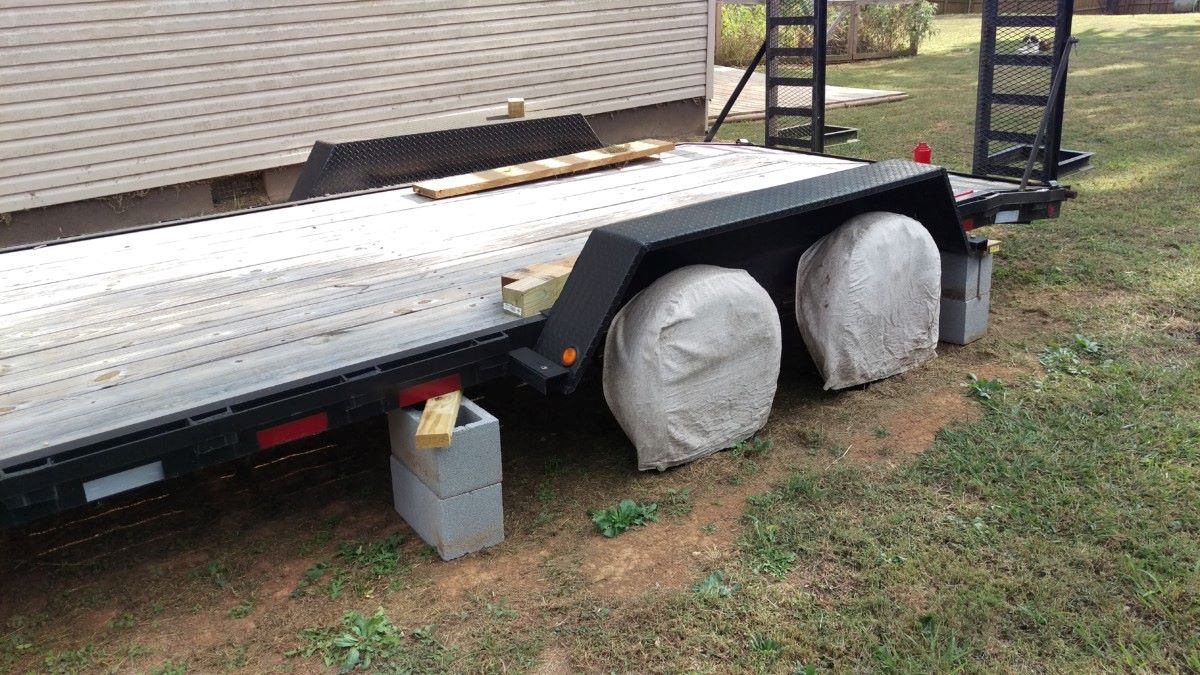
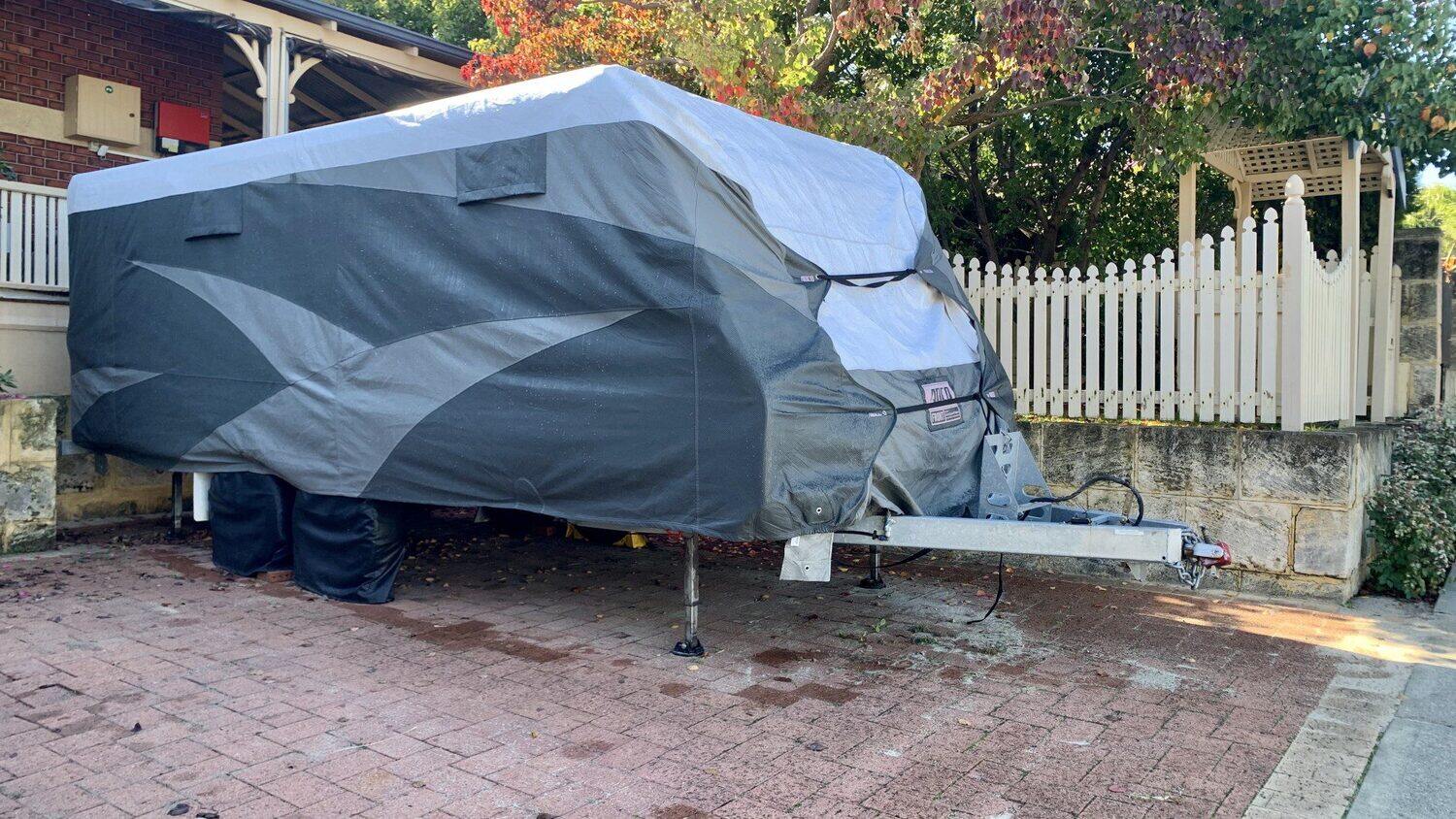
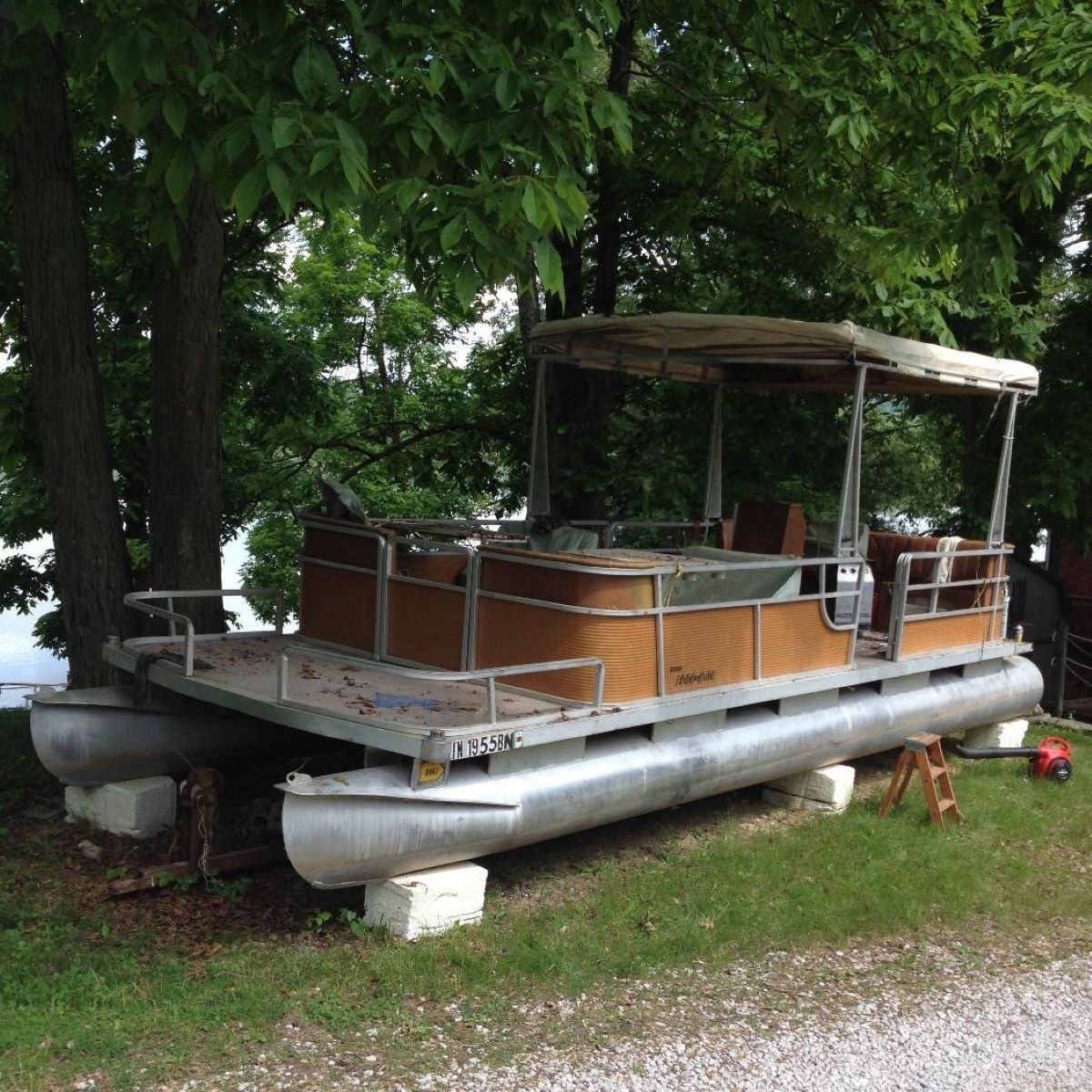
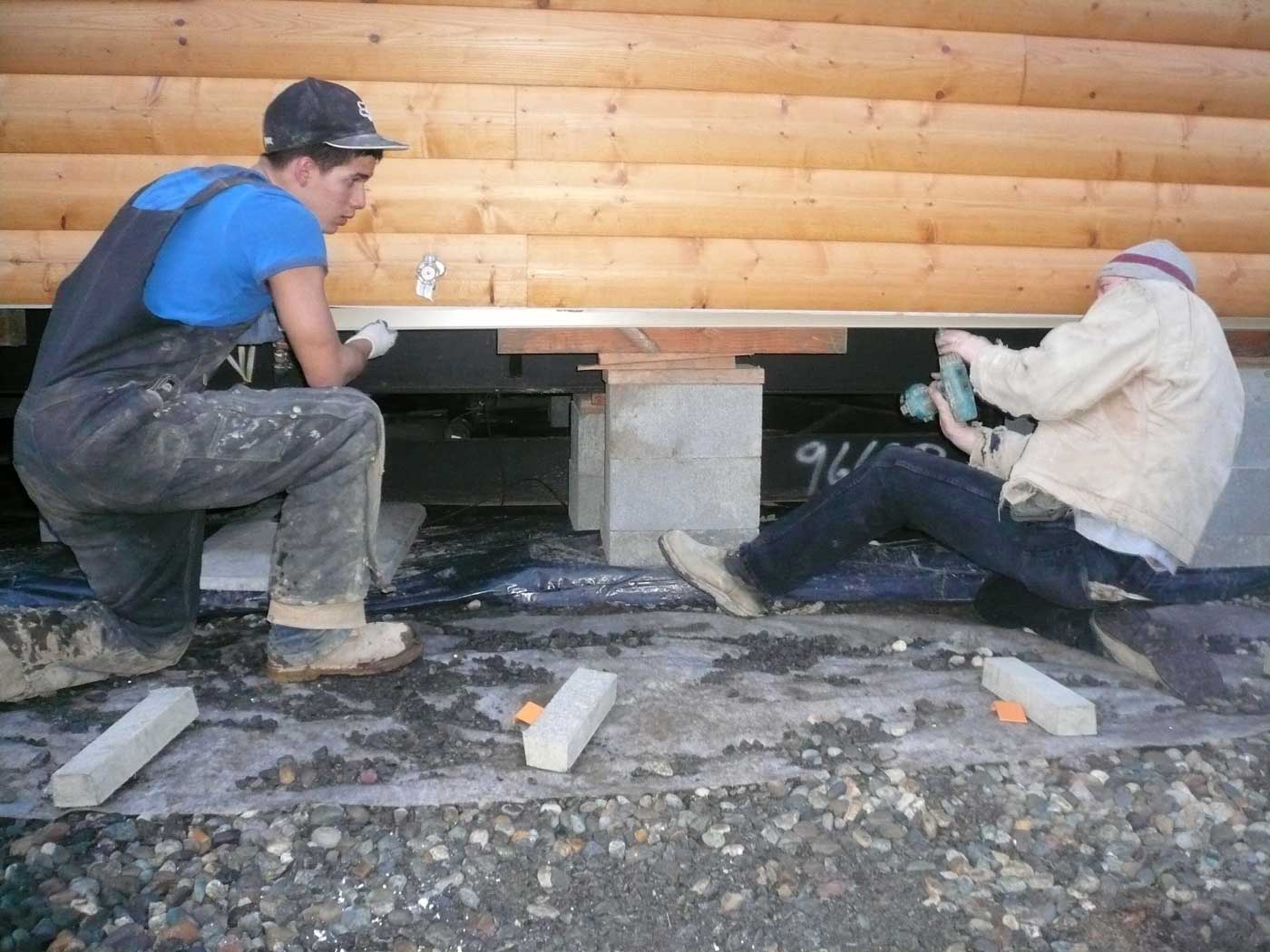
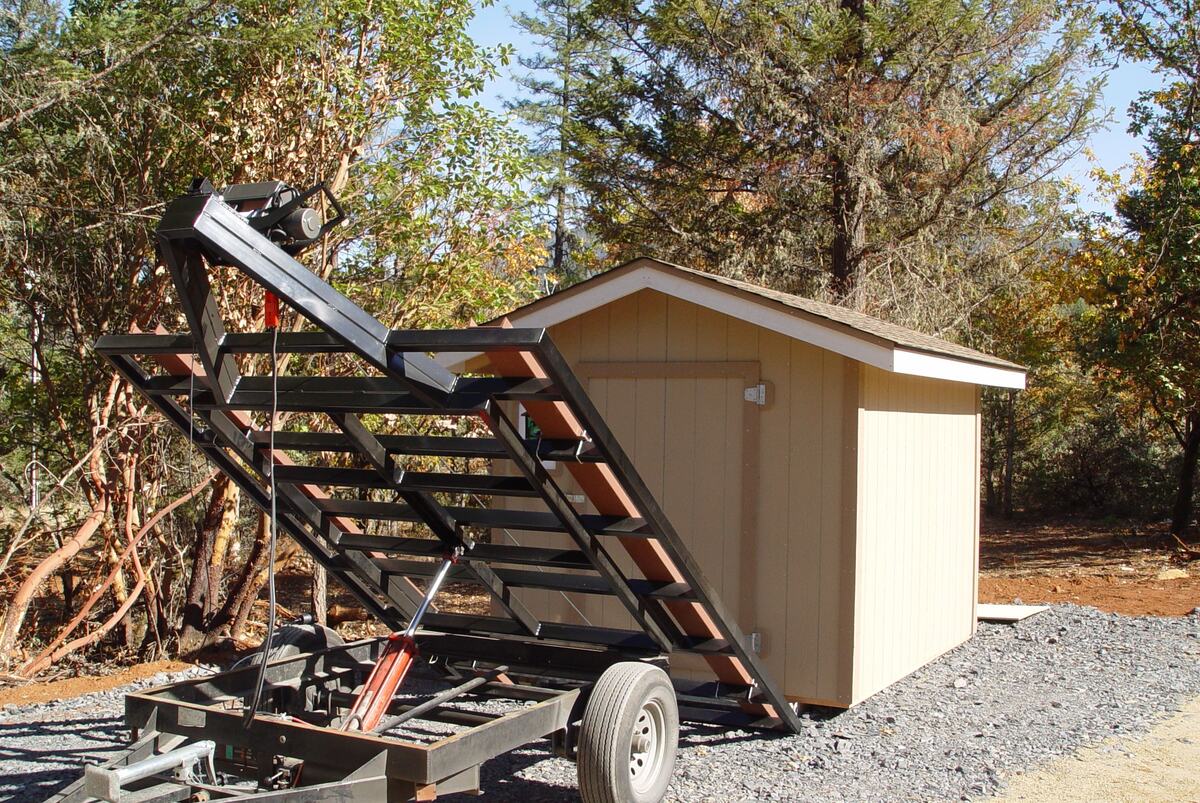
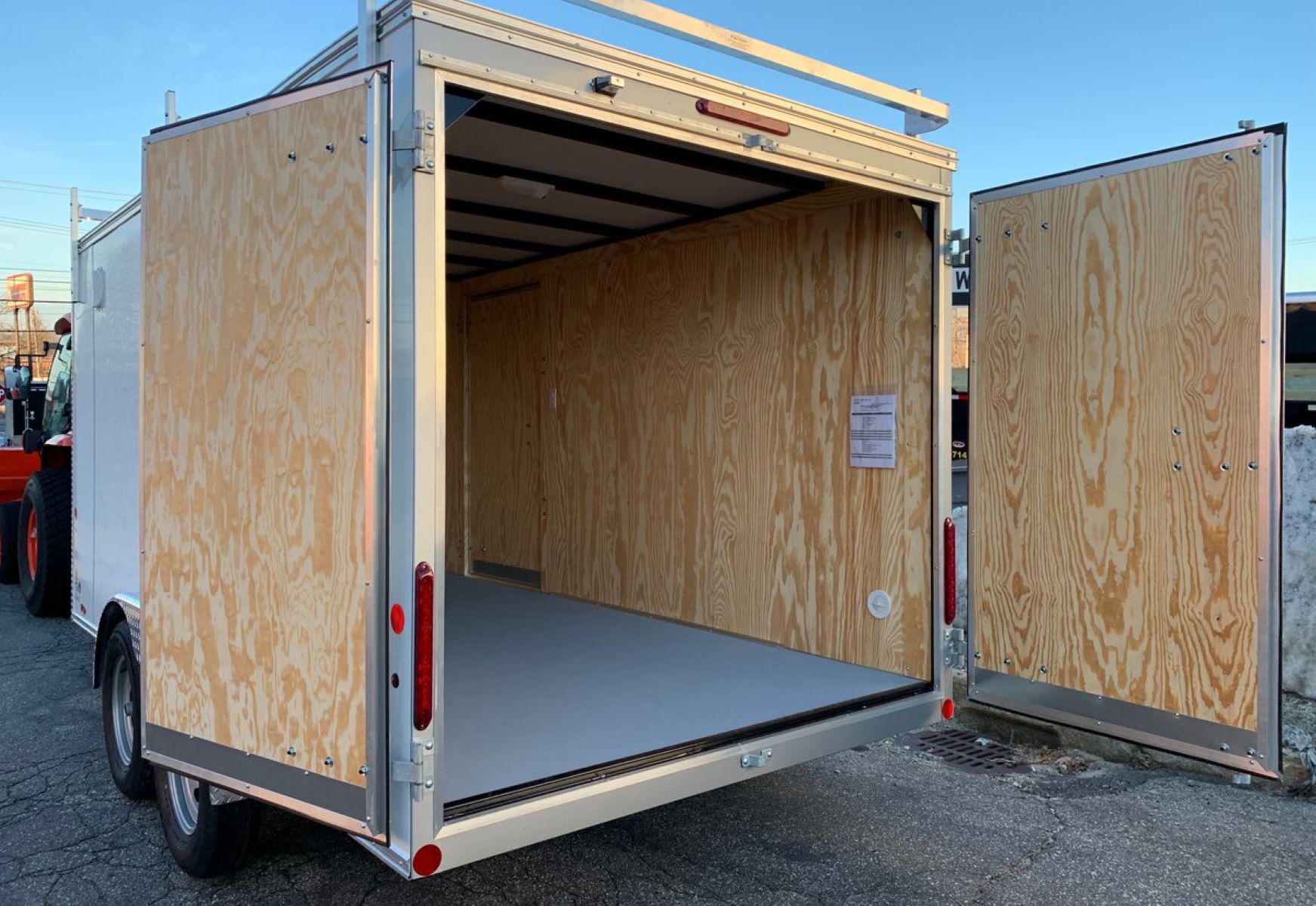
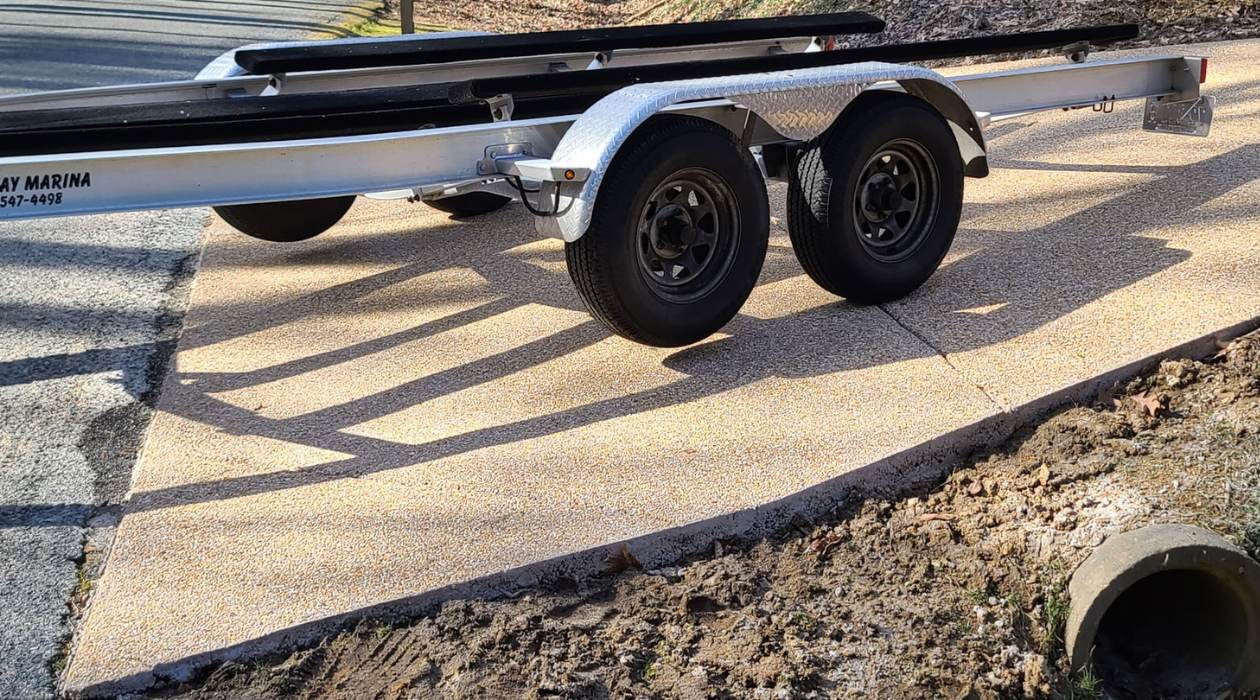
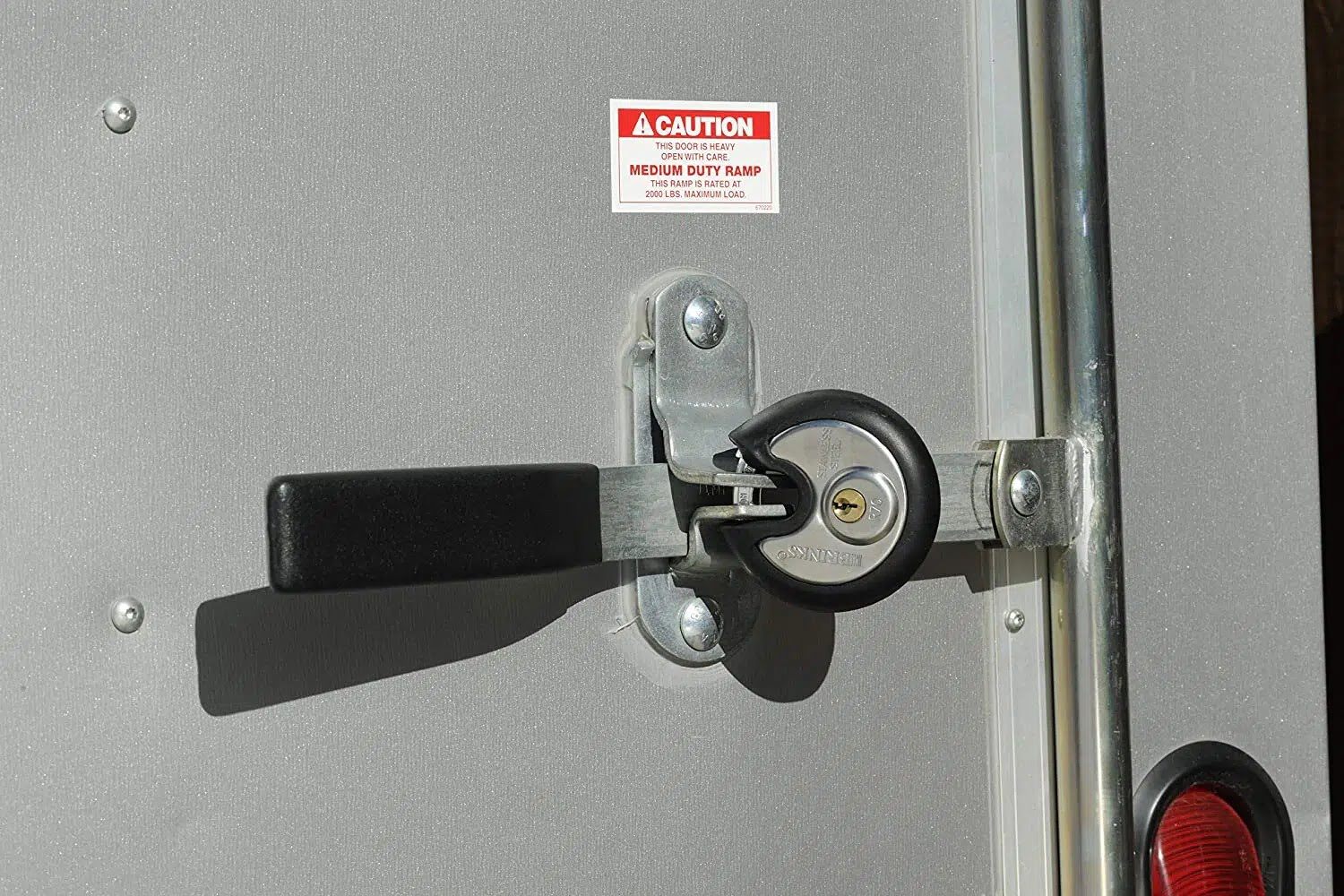
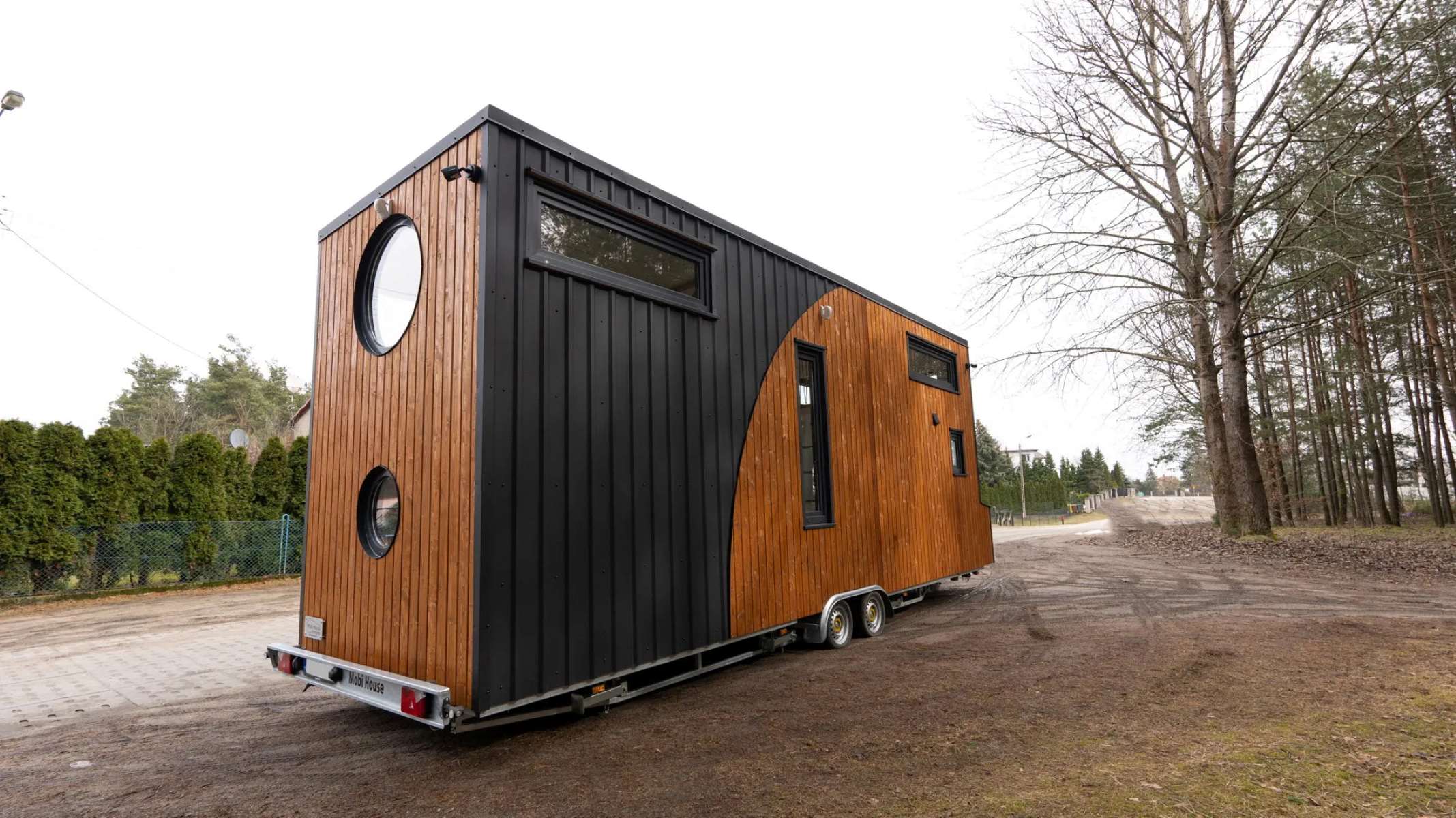

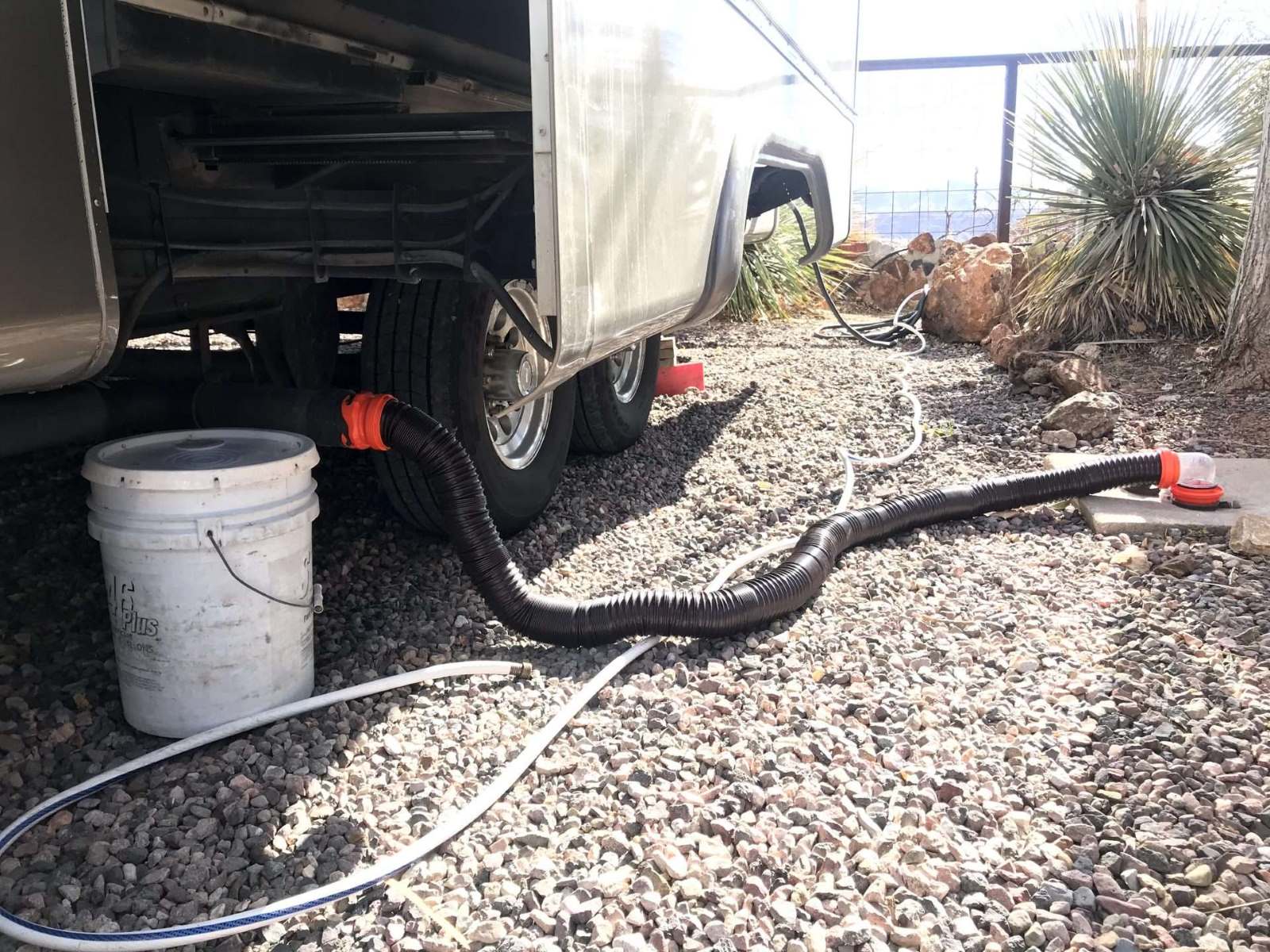
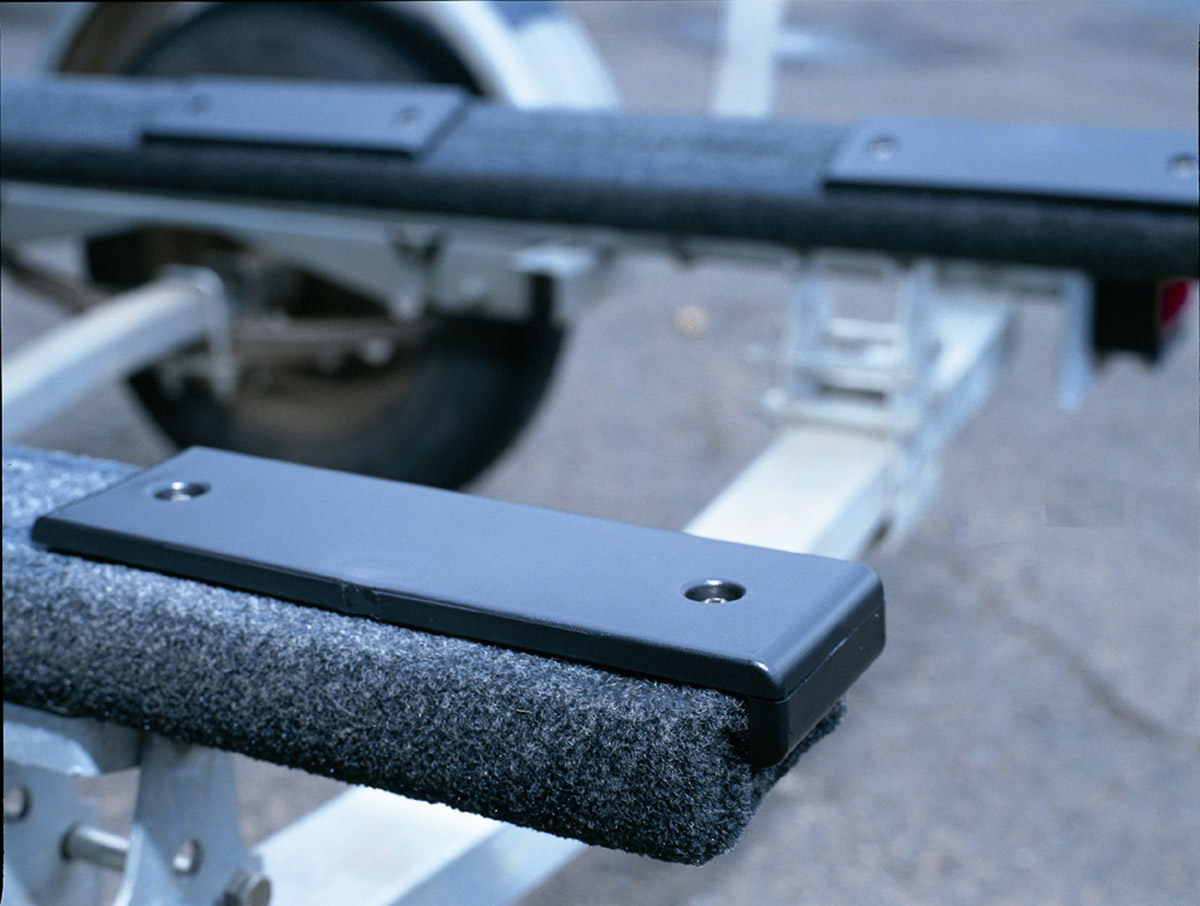
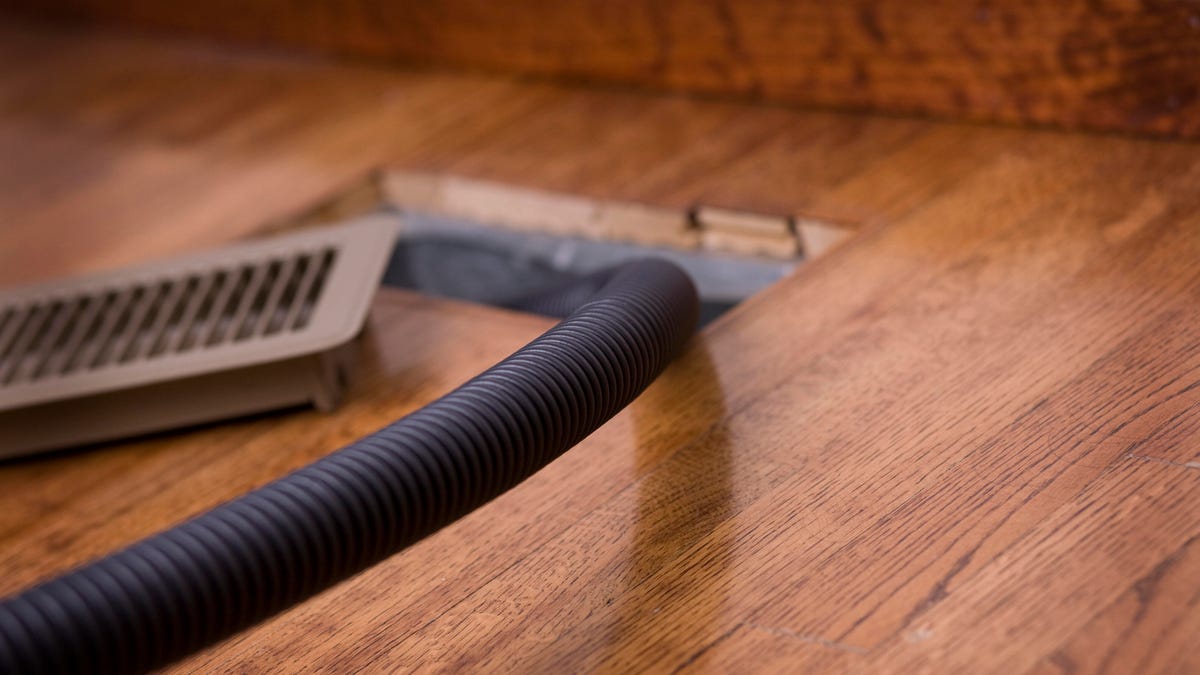
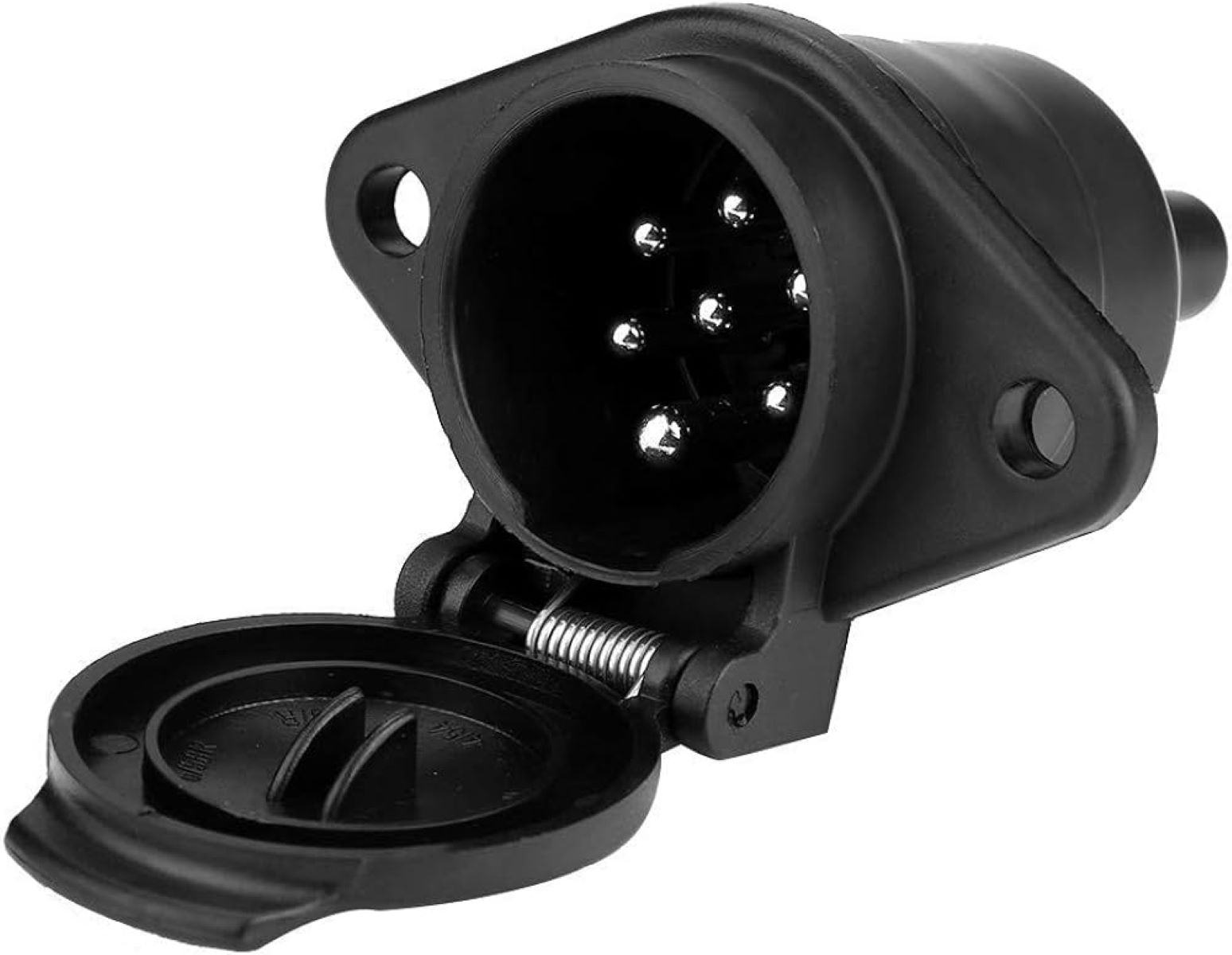

0 thoughts on “How To Store A Trailer”